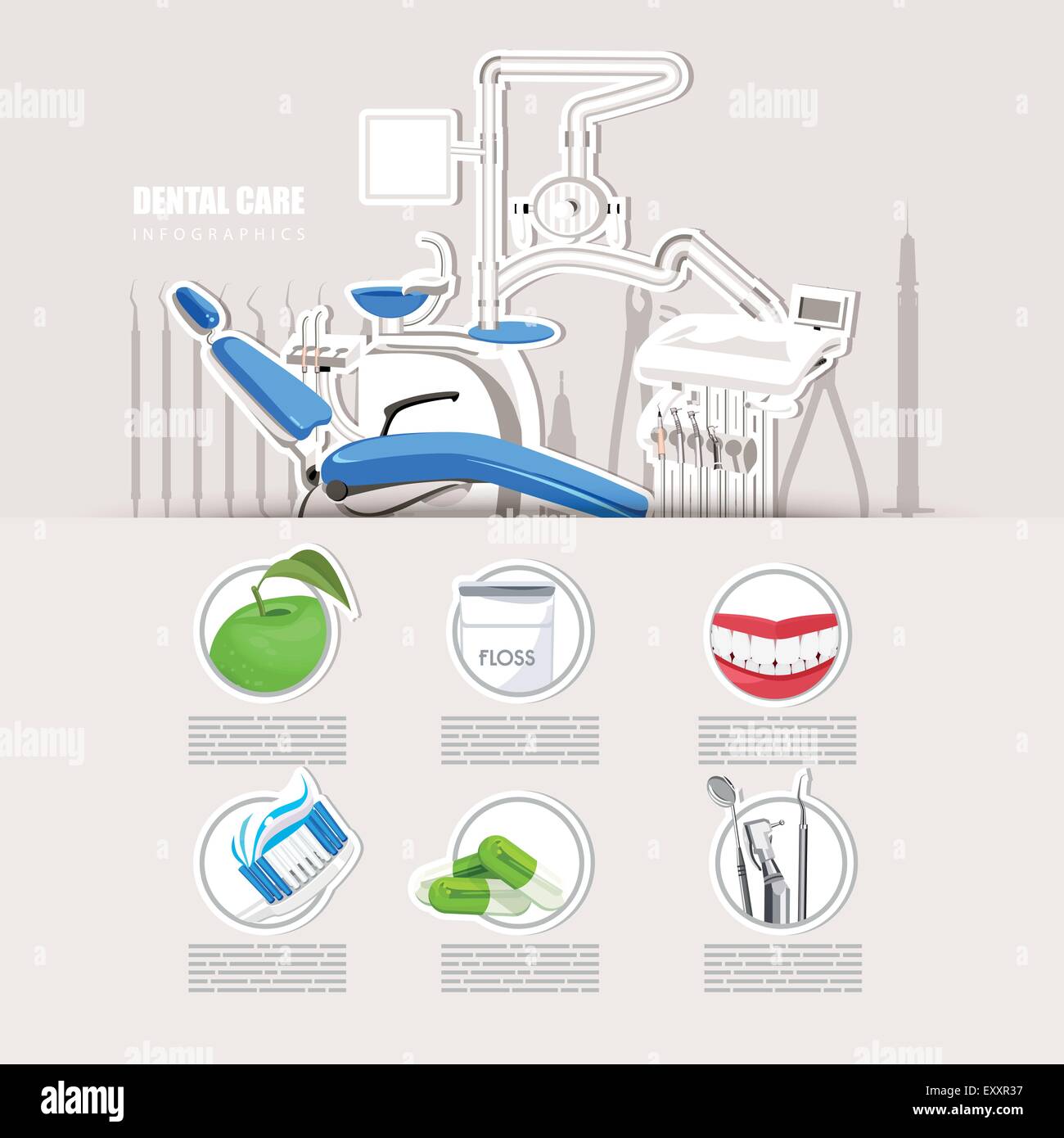An Extensive Evaluation Of Invisalign And Conventional Dental Braces: A Contrast
An Extensive Evaluation Of Invisalign And Conventional Dental Braces: A Contrast
Blog Article
visit the next web site -Houston Freeman
When faced with the decision between Invisalign and conventional braces, you could question which option straightens far better with your way of living and choices. The option includes more than just the visual appeal; it explores factors like therapy period, convenience, and long-term oral health effects. Think about the influence each alternative might have on your daily routine and self-esteem. As we discover the extensive comparison, you'll get understandings into the subtleties that make these orthodontic treatments special and uncover which one might be the much better fit for you.
Products and Building and construction
When comparing Invisalign to typical braces, the materials and building differ substantially. Invisalign includes clear, smooth plastic aligners custom-made to fit your teeth. These aligners are basically unnoticeable, making them a preferred choice for those looking for a much more very discreet orthodontic therapy.
On the other hand, typical braces entail metal brackets that are glued to your teeth. These braces are then linked by cords and elastic band, applying pressure to slowly change your teeth right into the desired placement.
The building and construction of Invisalign aligners allows for an extra comfy fit compared to conventional dental braces. The smooth plastic product reduces irritability to your cheeks and gum tissues, which is a common concern with metal braces and wires. Additionally, Invisalign aligners are removable, making it simpler to brush and floss your teeth with no obstructions.
On the other hand, traditional dental braces are fixed onto your teeth, calling for added treatment and time for correct maintenance.
Maintenance and Oral Hygiene
The maintenance and oral hygiene techniques differ in between Invisalign and standard braces as a result of their one-of-a-kind design and building.
With Invisalign, you can eliminate the aligners when consuming or cleaning your teeth, allowing you to maintain your regular oral hygiene routine with no obstructions. It's critical to comb your teeth after consuming before putting the aligners back on avoid food particles from obtaining trapped and causing decay.
On the other hand, traditional dental braces call for added attention to maintain your teeth tidy. Food particles can conveniently get embeded the brackets and wires, causing plaque build-up and possible tooth decay. You'll require to utilize special devices like interdental brushes or floss threaders to tidy in between the cables and braces properly.
Normal dental check-ups and cleansings are important to make certain that your dental health remains in leading condition while putting on traditional braces.
Presence and Aesthetics
Presence and aesthetics play a substantial role in the comparison in between Invisalign and conventional braces. When it involves appearance, Invisalign uses a clear advantage over typical dental braces. Invisalign aligners are practically unseen, making them a popular selection for those that choose a more very discreet orthodontic therapy option.
Unlike the noticeable metal braces and cords of standard braces, Invisalign aligners are clear and assimilate with your natural teeth, permitting you to smile with confidence throughout your treatment.
Standard braces, on the other hand, are extra obvious as a result of their steel elements. While some may select colorful bands to personalize their dental braces, others could really feel uneasy concerning the visibility of these orthodontic home appliances. The prominent appearance of conventional braces can in some cases affect an individual's self-esteem, especially for grownups in professional setups.
Conclusion
In conclusion, when selecting in between Invisalign and typical braces, consider your lifestyle and preferences. Invisalign offers a discreet and comfortable alternative with easy maintenance, while conventional dental braces offer vivid personalization but may affect self-confidence.
Eventually, the choice must be based upon what jobs best for you in regards to aesthetic appeals, comfort, and comfort. Ensure to seek what is a dental implant from your orthodontist to establish one of the most suitable treatment for your individual demands.
